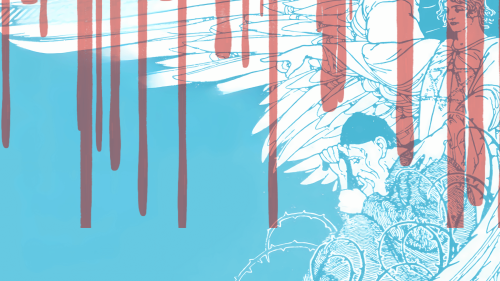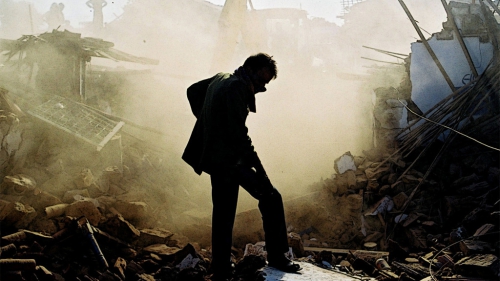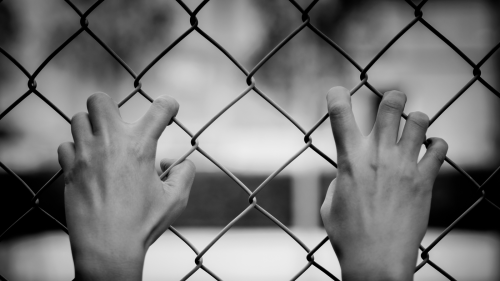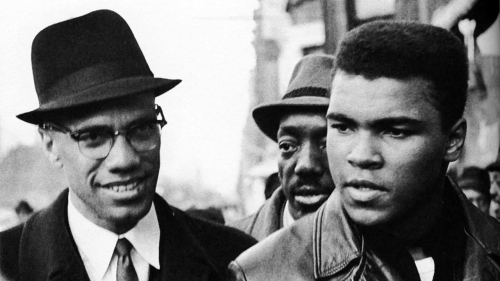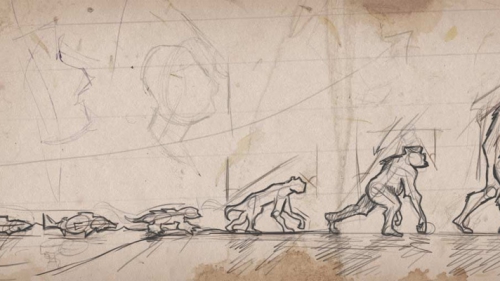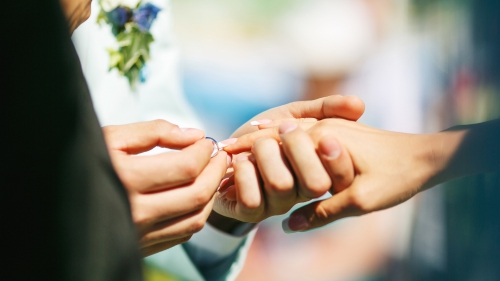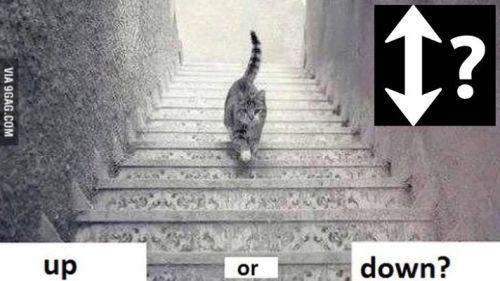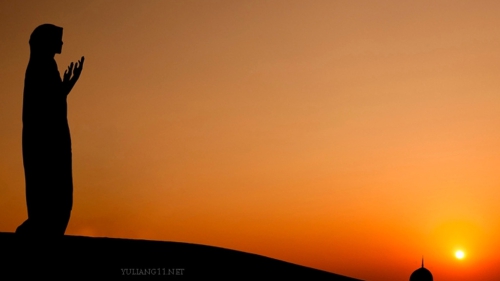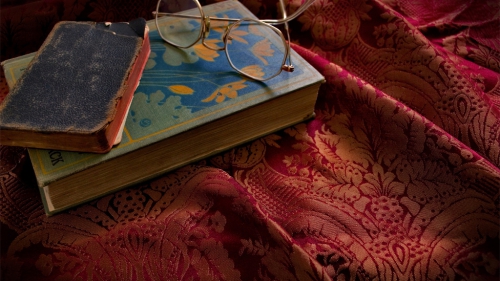Modesty in a Cosmetic Society
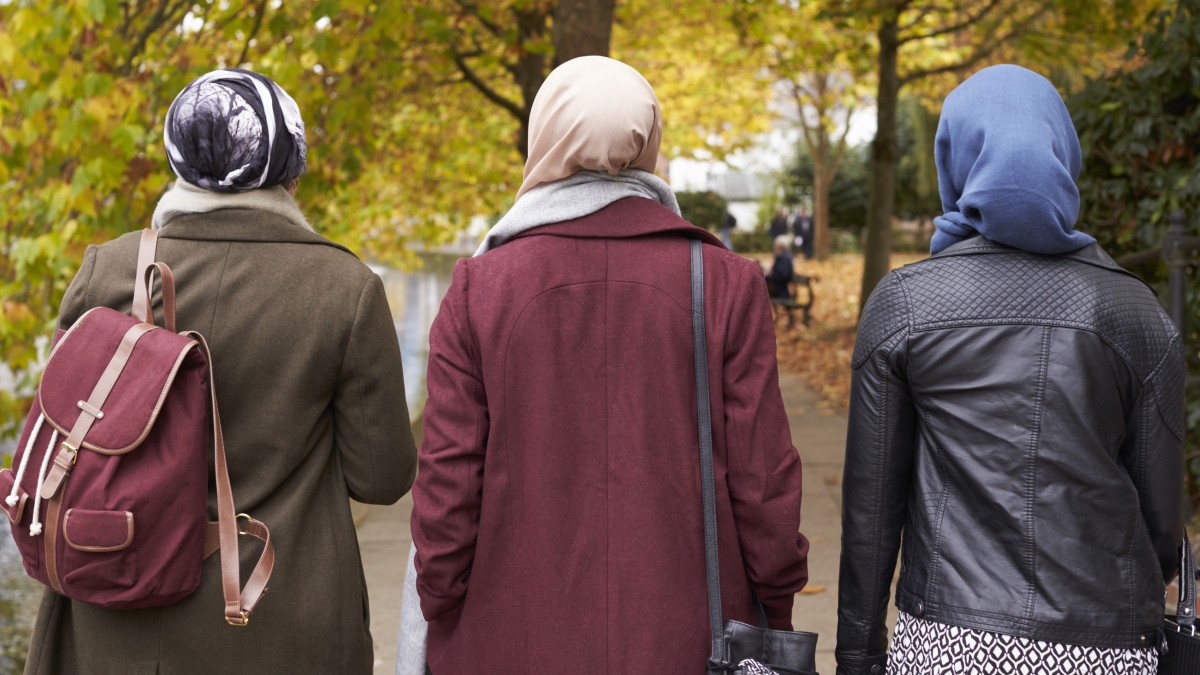
Ask a Muslim: What is the meaning of Islamic hijab? Why do Muslim women and men adhere to these rules of modesty?
"What color is your hair? Do you shower with that thing on? Aren't you really hot wearing that?" These are some of the questions that I have been asked over the years while wearing the Islamic headscarf, or "hijab." And if you are a Muslim woman living in the west, you have probably encountered similar inquiries as well. Personally, I rarely become offended when I'm mistaken for a nun or asked whether or not I can go swimming with my headscarf, because I know that every question is an opportunity to educate others.
But it was when President Barack Obama mispronounced the term "hijab," calling it instead a "hajeeb," in his address to the Muslim world at Cairo University last June, that really awakened me to the enormity of lack of knowledge that still exists about this Islamic doctrine.
Perhaps his advisors failed to instruct him adequately on this matter, or maybe he just forgot how to say the word, either way, this incident has made me realize that few people are aware of the accurate meaning of "hijab" and what this doctrine entails.
The term "hijab" was originally derived from the Arabic word "hajaba," which means to "conceal" or to "cover." The western notion of hijab is most dominantly associated with the veil or headscarf that many Muslim women wear in public, although this concept goes far beyond the average dress code.
All Muslims, men and women, are taught to practice a lifestyle that is adopted with the conception of hijab. This requires Muslims to not only dress modestly but to also behave in a way that promotes humility and respect towards the opposite gender.
Nonetheless, the dominant feature, and perhaps the most obvious practice of hijab is the dressing of Muslim women. With the Islamic dress code comes many assumptions and stereotypes about the way Islam treats women and men.
It is not surprising to hear the misconceptions that many associate with Islam, including the notions that "women are oppressed," and that they are "forced to wear the head scarf" by their husbands or fathers.
Even those who practice Islam often times have a skewed interpretation of the concept of modesty, in which the term "hijab" is continually associated with women only. When witnessing the proper application of these rules however, it is evident that Islam does not intend to limit women or subjugate its adherents to a restricted lifestyle.
As stated in the Qur'an, the holy book revealed to guide Muslims in everyday life, the hijab requires both men and women to follow a modest dress code. It has commanded, "Say to the believing men [and women] that they should lower their gaze and guard their modesty: that will make for greater purity for them: And Allah is well acquainted with all that they do" (Quran 24:30-31). These rules of modesty have both physical implications and must also be abided by in every day interactions.
For women, the requirements for attire emphasize covering all parts of the body except the face and hands, wearing loose and opaque clothing so as to not reveal the outline of the body, and wearing outfits that would refrain from drawing too much attention. In addition, it is recommended that Muslim women should not appear to dress as men nor should they attempt to attract attention with an excess of extravagance or with the excess of raggedness, so as to draw sympathy.
Muslim men must also adhere to clothing requirements, although to a different degree than applies to Muslim women. The hijab requires men to dress from the area of the navel to the knee and to wear clothes that are not too tight or provocative.
These corporal rules are applicable for individuals when they are front of others who are considered "non-mahrams" or those whom a Muslim would be allowed to marry.
Men must not attempt to dress similarly to women and they are prohibited from wearing gold or silk.
The rules of behavioral hijab however, have the same implications for both sexes and should be adhered to at all times: having respect for individuals of the opposite sex by refraining from physical interactions until marriage.
Muslims commonly use the phrase, "lowering your gaze," in reference to the practice of hijab. This does not mean that men and women are prohibited to interact on a day-to-day basis for school or work; rather Islam sets certain guidelines for interacting with the opposite gender so as to create a proper environment conducive to maintaining the Islamic hijab.
Although a negative image of hijab may persist for those who are unfamiliar with the practices of Muslims. People see Muslim women portrayed as oppressed in the media and assume that Islam indoctrinates all Muslims to control women. But this lies within the misconception that women are oppressed under the requirements of Islamic law.
The hijab itself is not a tool of oppression; what is oppressive is the abuse of power utilized by rouge authorities to enforce and subjugate a particular kind of practice to further their own political motives. Just because a government forces something upon a society does not make the practice itself evil or oppressive.
Muslim women around the world believe that wearing the hijab liberates them from the standards that western society sets for women in terms of beauty and dress. The hijab is most commonly associated with protection from male scrutiny and physical suppression.
This measure of protection is explained in the Qur'an as well: Allah (swt) or God, in Arabic, prescribes for women to cover themselves so that they can live in "convenience" and not be "molested" by others (Quran 33:59). The hijab, if worn properly, diverts one's gaze from physical appearances and allows for a woman to be appreciated for her intellect and ideas, rather than the way she looks.
The western notion of beauty, however, lies within the examples that leading actresses in movies and television, supermodels, and popular singers emit, essentially selling their bodies in order to become famous or to keep up with appearances.
The media feeds into the stereotypes that society has imprinted upon women and what beauty is supposed to mean, so much so that women, especially young girls, are under more scrutiny and pressure to look good and "fit in." A study done by the National Institute of Mental Health recently observed that 53% of American girls are "unhappy with their bodies." This grows to 78% by the time young adults reach seventeen.
Researchers estimate that approximately 5 million individuals in the United States are affected by eating disorders every year as a result of such pressures to look good and to be skinny, in order to fit in with the western notion of "beauty."
Women and men all over the world are compelled by what they see in the media and thus strive to look like the models and actresses that dominate the headlines in magazines and in corporate ads that people are bombarded with all the time. These unrealistic images that the media portrays of women and beauty have impacted our society at large, so much so that in the 2004 study done by the Dove Campaign for Real Beauty, only 2% of women around the world believed that they were actually beautiful.
With all these statistics however, many women in the west still pride themselves with the idea that they are somehow more "free" because they can dress anyway they choose and are thus liberated from the shackles of society that men have imposed upon them through out history.
It is evident however, that women are still subjugated to act and dress the way society desires. Islam, however, has been at the forefront of the battle for women's right sever since the Qur'an was revealed to the Prophet Muhammad (pbuh) in 610 A.D.
In the era of pre-Islamic society, women were considered to have less worth than livestock; it was a time in which parents buried their baby daughters alive simply because they were born the wrong gender and would bring shame and disgrace upon the family. In this era, men had absolute rights over women in marriage, divorce, inheritance and essentially every other aspect of life. Islam radically redefined the position of women in society, uplifting them to the status of men immediately: "O mankind, we created you all from a male and female, and made you into nations and tribes, so that you may come to know one another" (Qur'an 49:13).
Islam declares that both men and women are entitled to human rights equally and that they will both be held accountable for their actions in this life. With this said, the notion that hijab is a tool of oppression is ludicrous to women all over the world who choose to wear the headscarf everyday.
For Muslim women, the ability to wear the hijab not only signifies freedom but it also empowers them with the responsibility of representing Islam at all times. Essentially, it is the women in Islam who carry the flag of the religion that they embody, and for that, they are at the forefront of fighting ignorance and stereotypes.
Perhaps you are still doubtful of the connotations that come with practicing this Islamic doctrine, and maybe you think that the hijab limits daily activities or physical potentials that women reach without wearing the headscarf.
This mentality however, is also a major misconception. Muslim women all over the world are contributing to various disciplines and fields, including athletics, law enforcement and politics.
At the 2004 summer Olympics in Athens, for example, a woman wearing a track singlet and a hijab, its white hood imprinted with the flag of Bahrain, set a national record in the 100-meter qualifying heats. So did a woman from Afghanistan, the first to represent her nation in the Olympics, who ran in loose-fitting pants and a T-shirt. In Victoria, British Columbia, Constable Maha Sukkar became the first women in the police force to wear the hijab as part of her uniform, going so far as to making a Velcro attachment that would allow her to release the head piece if she were to get into a scuffle.
Muslim women are not only major contributors to societies in the west but also a dominant force in the political arena of nations around the world, including Islamic countries like Kuwait, whose constituents recently elected four women to the parliament. Thus, it is evident that Muslim women, especially those who practice wearing the hijab,are just as active and equally contributive to our societies as any other individual.
Many think that wearing a headscarf is the hardest aspect of being a Muslim. For me however, hijab has been the easiest practice because it is a now so deeply embedded in my lifestyle that I cannot ever imagine myself without it.
Of course encounters with ignorant people who might ridicule you for wearing a "towel" around your head are unavoidable sometimes, but for the most part, the people I have talked to about the hijab have been amazed at the level of commitment Muslim women have for their faith, and they respect us for having the courage to practice our religion to the fullest.
*****
Source: Alkalima - Sahar Jahani
Topics: Dresscode, Hijab (Head Cover), Islam, Veil (Burqa), Women Values: Humility, Manners Channel: Opinion
Views: 6788
Related Suggestions



















